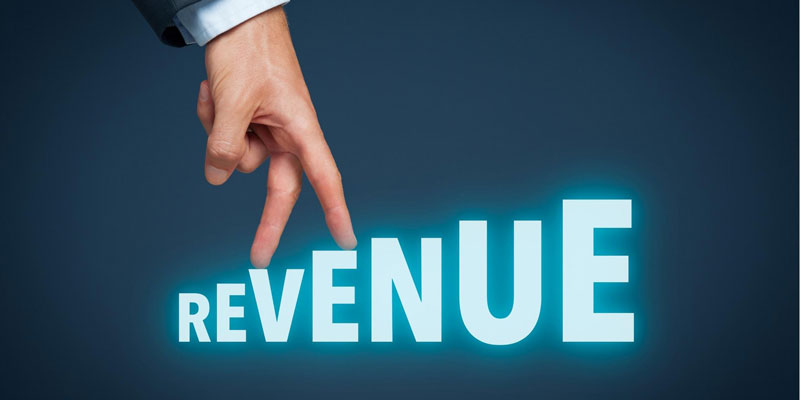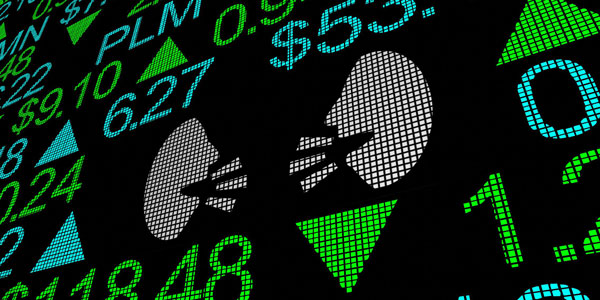The interest rate on Stafford and loans given by the federal government will increase, beginning with loans distributed on July 1, 2022, and continuing until July 1, 2023. The interest rate on new federal direct undergraduate student loans will be 4.99% in the 2022-23 academic year, up from 3.73% in the previous academic year.
Direct Unsubsidized Graduate Student Loans now have an interest rate of 6.54%, up from 5.28%. The rate for PLUS loans for graduate students and their parents has increased to 7.54% from 6.28%.
Variable Rates for Private Education Loans
You are strongly advised to use up all federal, state, and institutional student aid options before considering private student loans. If you need one, it's wise to shop around for the best available pricing ahead of time. If you have a co-signer with excellent credit, you may be able to qualify for a loan with a lender despite having less-than-perfect credit.

Annual Percentage Rate for a Standard Student Loan
A study from 2017 by New America, a nonprofit, nonpartisan think tank, found that the average interest rate on student loans was 5.8 per cent for all households carrying such debt. This includes federal and private student loans, with the former accounting for nearly 90% of the total.
Financial Aid Interest Rates
Interest rates and repayment conditions for federal and private student loans are distinct. In any given year, the interest rate on a federal loan of the same sort will be the same for all borrowers. Private loan interest rates tend to be lower for borrowers with higher credit scores and higher for those with lower ones.
A constant interest rate does not change over time
An interest rate that does not change for the life of the loan. The interest rate on federal student loans is a flat percentage of the borrowed amount, but the rate on private student loans can be either fixed or variable, depending on the lender. You won't have to worry about your monthly payment increasing thanks to a fixed interest rate.
Variable Factors Affect the Interest Rate
Annual percentage rates (APRs) for variable-rate loans can go as high as 25%, and rate modifications are typically allowed once each quarter. The interest you pay on a variable-rate loan can go up or down, so it's essential to budget carefully if you choose to use one.
When people talk about "private student loans," they're referring to loans from places other than the federal government. When all other possibilities for obtaining a loan from the government have been exhausted, private borrowing should be used to close the gap.
Federal Stafford Loan Interest Rates (Current and Historically)
The Coronavirus Aid, Relief, and Economic Security Act prohibits paying interest on outstanding federal student loans after August 31, 2022. (CARES Act). Interest accruing on the principal balance as of March 13, 2020, will be paid first out of any payments made during this time. The loan's principal balance will go down due to your regular payments.
Borrowing Expenses Today

Before the funds may be released, borrowers of federal student loans must pay an origination fee. Thus, the sum of the loan you receive will be a little more than the actual amount your school receives.
Take this example of an origination fee to see how it might work: If you borrowed $20,000 in subsidised loans but had to pay $212 in origination fees, the total amount delivered to your school would be $19,786.
How Congress sets interest rates for federal student loans
Congress annually passes a statute that establishes the interest rate for federal student loans. The initial pricing period runs from July 1 through June 30 of the following year.
Since the Bipartisan Student Loan Certainty Act in August 2013, the interest rates on federal student loans have been set at market rates.
Current interest rates for unsecured student loans
Federal and private student loans have different interest rates. As the interest rate on a federal loan is predetermined by the government and not based on the borrower's credit score or financial standing, it is often lower than the rate on a comparable private loan. Factors such as your credit history, income (or that of a cosigner), the size of the loan, and the broader market will determine the interest rate you receive from a private lender.
Cost of Education for Students
In most cases, a private student loan for undergraduate education can only be approved for a citizen or permanent resident of the United States. Private lenders are more likely to require a cosigner if the borrower does not have an excellent credit history and consistent income.



